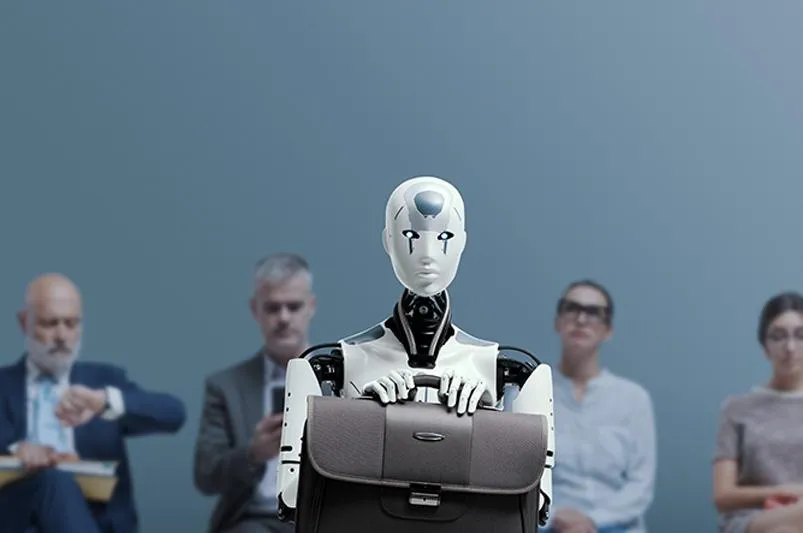
UAI as a Service Co-Pilot: Where Automation Saves Hours (and Where It Doesn’t)
In today’s hyper-competitive business world, efficiency is everything. For service-oriented companies, workflow streamlining can mean the difference between scaling successfully and stagnating under inefficiencies. That’s where UAI (Unassisted AI) as a Service Co-Pilot comes in.
An AI co-pilot isn’t here to replace your team—it’s here to free them. By automating repetitive tasks like request triage, quality assurance checks, and draft reviews, AI enables human professionals to focus on high-value strategic work. This blog explores how an AI co-pilot can become an operational ally, where automation saves hours, and just as importantly, where it doesn’t.
What Is an AI Co-Pilot in Service Businesses?
AI co-pilots act like AI operational support systems designed to handle the grunt work in service workflows. Think of them as your behind-the-scenes partner:
Sorting and triaging customer service inquiries.
Running automated QA checks on documents or data.
Providing draft versions of content for faster publication cycles.
Unlike flashy AI hype, the value here is tangible—automation quietly saves time and reduces human error without compromising quality.
Example: Imagine a service team receiving hundreds of client emails a day. A co-pilot can categorize by urgency and subject matter, ensuring that “urgent billing issues” are escalated immediately while routine inquiries get filtered for later response. The time savings? Up to 60% fewer hours spent on manual sorting.
Key Implementation Steps
Define Tasks Clearly – Decide which processes can be automated and which require a human touch.
Pilot & Test – Run AI on sample workflows before rolling out to live systems.
Integrate Feedback – Have your team test outputs, identify gaps, and refine AI training.
Automation is never “set and forget.” It thrives on continuous improvement.
Where AI Saves the Most Time: Automation Use Cases
1. Automation in QA Checks
AI shines in repetitive quality assurance. Instead of humans poring over every document, AI can instantly flag discrepancies, compliance gaps, or formatting errors. This accelerates workflows and minimizes costly mistakes.
2. Draft-to-Final Review Cycle
AI-generated drafts serve as starting points for human editors. Reports, proposals, or even marketing copy can move from concept to final product much faster when AI handles the baseline work.
3. Customer Intake Triage
AI can triage incoming tickets, route them to the right department, and ensure urgent issues rise to the top. The result: happier customers, faster resolutions, and less employee burnout.
Quick Wins for Workflow Automation:
Microsoft Copilot or Google Duet AI: Draft and summarize documents.
Real-Time Editing AI: Suggests grammar, tone, and clarity improvements.
Automated Scheduling Assistants: Handle client booking and rescheduling.
Where AI Does NOT Replace Human Effort
Automation isn’t magic. It saves hours, but certain areas still require human judgment:
1. High-Level Strategy and Decision Making
AI can provide data insights, but strategy is human territory. Creating a customer retention roadmap, deciding on expansion markets, or negotiating a partnership still requires human intuition.
2. Creative Judgments and Emotional Intelligence
Customer-facing interactions demand empathy. AI can prep negotiation scripts, but only a human can “read the room,” adapt to emotional cues, and close the deal.
3. Nuanced Problem-Solving
When the problem is novel, ambiguous, or requires balancing competing priorities, automation can support—but not lead—the process.

Improved Operations Through Workflow Automation
Implementing service workflow automation has benefits beyond saving time:
Scalability: AI handles thousands of tasks with no drop in quality.
Consistency: Fewer errors, standardized processes.
Employee Engagement: Teams focus on strategy, not drudgery.
Case Study: A global service provider processing millions of tickets annually deployed an AI co-pilot. The result? 30% increase in workload capacity without hiring additional staff—proof that automation doesn’t replace people, it empowers them.
Practical Tips for AI Integration
Define Boundaries: Assign automation to repetitive, rules-based tasks.
Monitor Continuously: Always have humans validate AI outputs.
Escalation Protocols: Train AI to escalate ambiguous cases immediately.
Feedback Loops: Involve your team in refining AI functionality.
Automation is a co-pilot, not an autopilot. The best results come from human–AI collaboration.
Conclusion
AI co-pilots are changing the game for service businesses. They cut down on manual labor, improve quality assurance, and scale operations without additional headcount. But they’re not a replacement for human creativity, empathy, or strategic thinking.
The future belongs to leaders who know where to apply service workflow automation—and where to trust human judgment.
Ready to transform your business with AI as a co-pilot? David Rivero can help you identify automation opportunities, streamline workflows, and unlock growth without adding unnecessary payroll.
Free Downloadable Resource
Download Your Free Guide: Automation Use-Case Matrix: Where AI Co-Pilots Save Hours (and Where They Don’t)
Unsure which tasks AI should handle and which need human oversight? This free guide breaks it down with a clear matrix of automation opportunities, limitations, and best practices. Download today and start saving time without losing control.
FAQs
Q1: What is an AI co-pilot for service businesses?
It’s an automation tool that handles repetitive tasks like intake triage, QA checks, and drafting support, allowing human teams to focus on strategy.
Q2: How does AI improve workflow streamlining?
By automating sorting, quality checks, and first-draft creation, AI reduces manual labor and speeds up operations.
Q3: Can AI replace decision-making in service operations?
No. AI supports with insights and analysis, but humans remain essential for strategy, negotiation, and emotional intelligence.
Q4: What are the quick wins for service workflow automation?
QA automation, intake triage, AI drafting tools, and real-time editing assistants deliver the fastest returns.
Q5: Is AI automation scalable for growing companies?
Yes. AI copilots can manage thousands of tasks with consistent accuracy, helping businesses scale without adding overhead.
